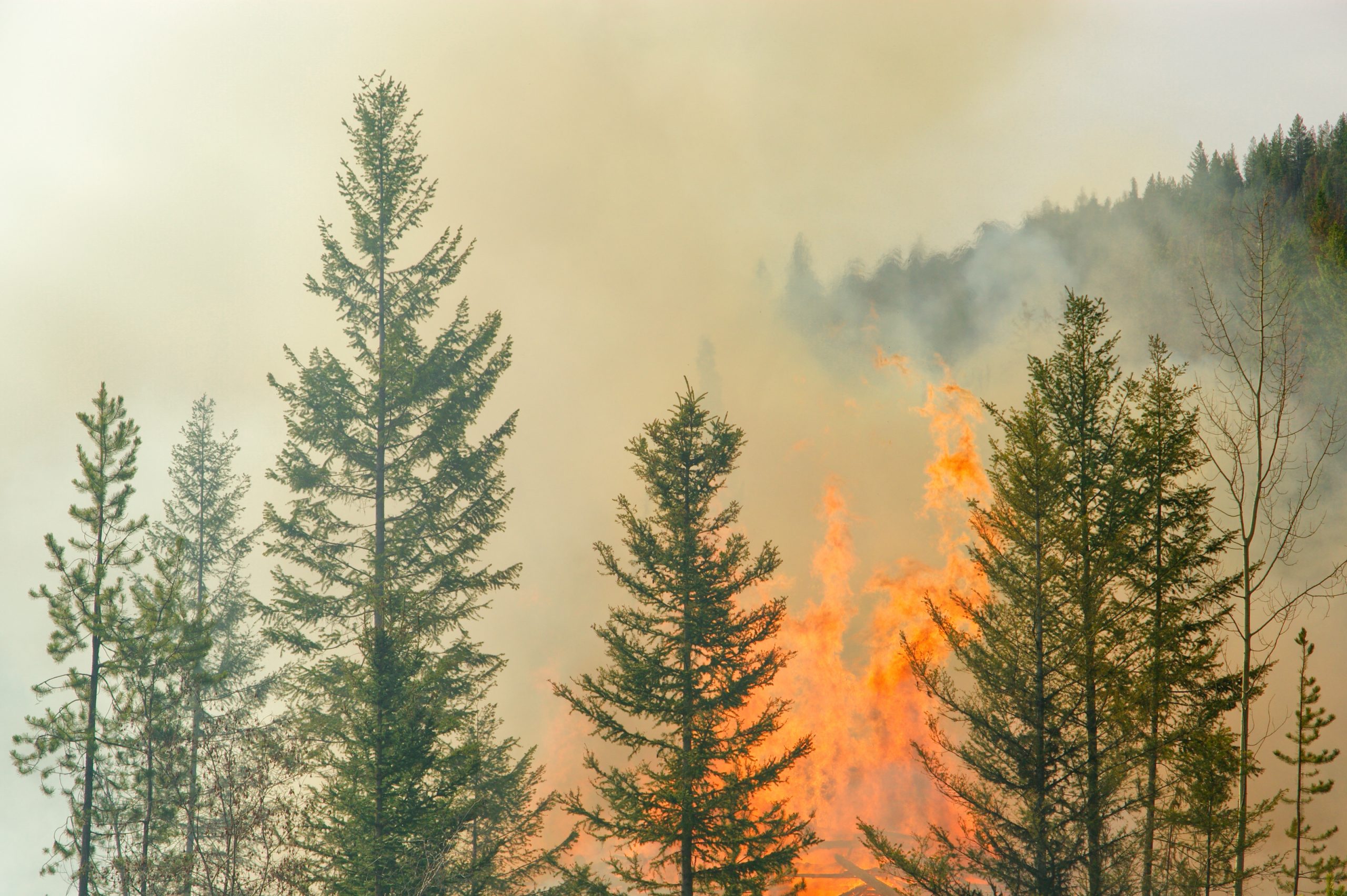The California Office of Emergency Services has a number of tools available to help local educational agencies and schools keep staff and students safe should an earthquake occur.
Earthquake Warning California is the first statewide warning system available in the nation that can give residents seconds to take cover prior to experiencing shaking, according to the department.
The system for the west coast, including California, Oregon and Washington, is called ShakeAlert. Lori Nezhura, deputy director of planning, preparedness and prevention at Cal OES, explained how the system works through sensors in the ground that detect earthquakes and “send data to processing centers [that] send that data analysis out through various modalities to alert people.”
There are three ways for people to receive alerts via handheld devices: the MyShake app, Android earthquake alerts and wireless emergency alerts. The alerts were created to give people the opportunity to “drop, cover and hold on” in advance of an earthquake.
The MyShake app, developed by UC Berkeley in partnership with Cal OES, is free to download in the Apple App and Google Play stores. Should an earthquake that meets the magnitude and shaking intensity thresholds [magnitude 4.5 or higher and Modified Mercalli Intensity III (weak) shaking] be detected, it will alert individuals in the surrounding area to expect shaking and take the proper precautions.
“There’s a lot of apps out there that tout themselves as earthquake alert apps but really, at this moment in time, there’s only two and the state-sponsored one is MyShake,” Nezhura said.
Earthquake alert technology is already on Android phones with updated operating systems, though Nezhura said, “We still encourage people to download the app even if you have an Android phone because redundancy is one of those key tenets of emergency preparedness.” Phones are automatically subscribed, and the technology is the same as the MyShake app.
Lastly, there are wireless emergency alerts, which are no-cost text messages sent when a magnitude 5.0 or higher and Modified Mercalli Intensity IV (light) shaking earthquake is detected.
To receive the warnings, individuals should ensure phone settings are set to receive emergency alerts.
Using alert apps in schools
“As far as classroom benefits, if every teacher and staff worker in school has one [notification method], then you’d have several [notifications] going off in the event that shaking was about to come. Then they could instruct the students to get under their desks and prepare the entire classroom,” Nezhura said.
Earthquake.ca.gov has a K-12 toolkit available for LEAs, which includes sample newsletter language, social media posts, videos and more that can be used to inform students, family and communities of the warning system. There is also a summer 2021 toolkit available.
“Schools or districts as a whole can sign a pilot license agreement with United States Geological Survey to actually get the shake alert signal tied in directly to their schools,” Nezhura added. The system’s signal could connect to a PA or lighting system, for example, and warn those on campus.
Also available is the “Guide and Checklist for Nonstructural Earthquake Hazards in California Schools.”
“The data shows us that the greater number of injuries from earthquakes come from nonstructural hazards, so things like light fixtures, ceiling tiles, bookcases, falling over and hitting someone … We have guidance for schools to secure those things and get their facilities prepared,” Nezhura said. “I know it’s a cost thing for schools and it’s really tough for them but if they can take those preparations in advance, they can really alleviate a lot of injuries.”
Cal OES also recently introduced the Preparedness Ambassadors Program, a fourth-grade curriculum for emergency preparedness. Created in conjunction with the Sacramento County Office of Education, they are hoping to expand it for more grades.
“It meets state standards and uses case studies including wildfires, earthquakes and flooding to help instruct students on how to prepare for disasters,” Nezhura explained. “There’s a family guide so they take it home and have homework to do with their family to get their home prepared.”





